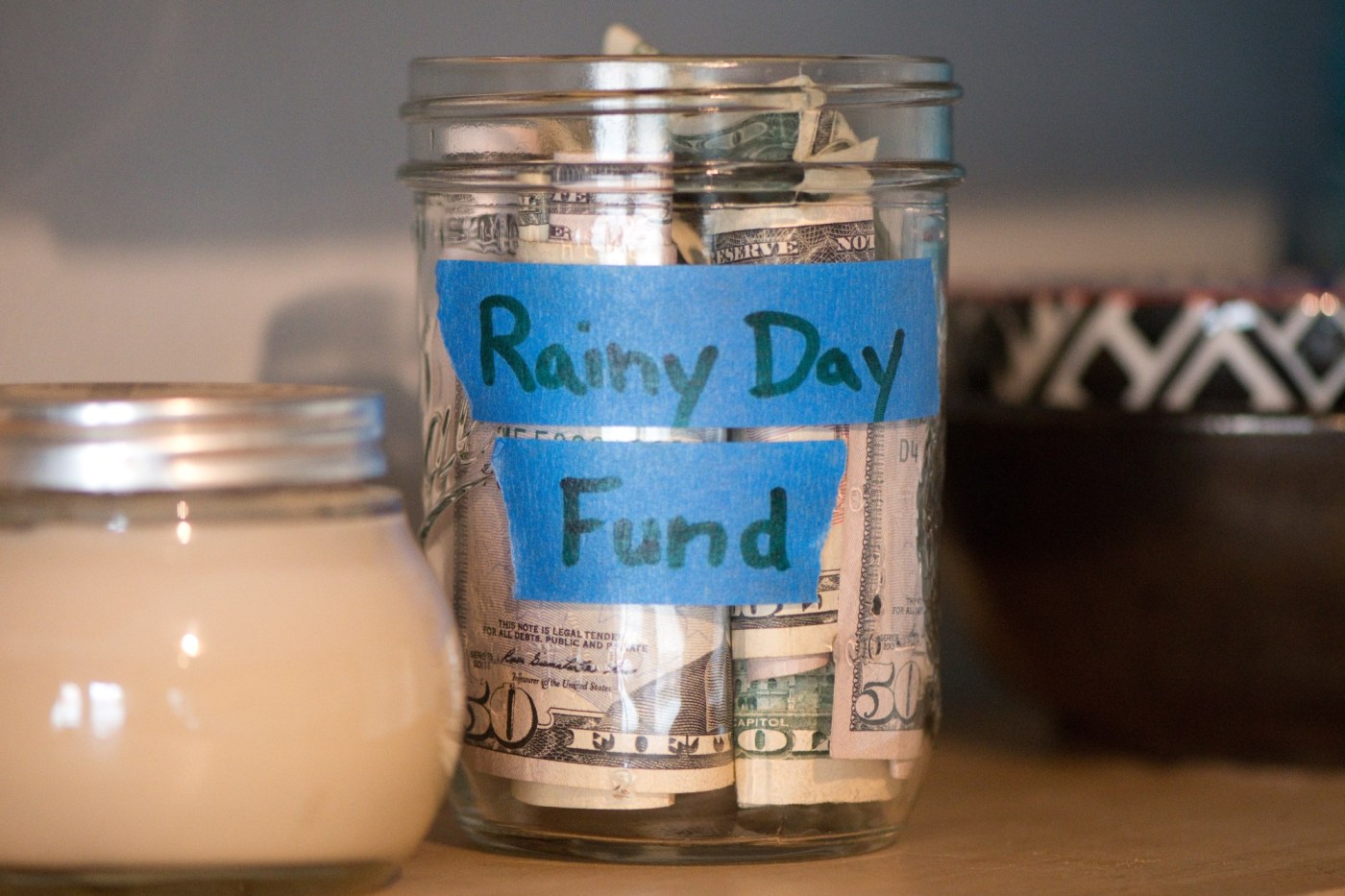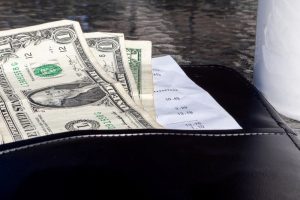By Kimberly Palmer | NerdWallet
While the term “emergency fund” is used widely in the personal finance world to refer to short-term savings, some financial experts say the term isn’t helpful for everyone — and may even be harmful.
“I’ve never liked the term,” says Pamela Capalad, certified financial planner and co-founder of See Change, a financial coaching program for creators of color. She prefers to use descriptions like “the yes box,” “a savings cushion” or even a “rainy day fund” — anything that doesn’t have the word “emergency” in it.
Capalad says the term “emergency savings” evokes fear in people and suggests you’re just waiting for something terrible. “Saving is already so hard for people to do, and the fact that you’re saving for something bad to happen instead of something good to look forward to is not something that motivates people to save,” she explains.
Still, others in the industry remain fans. “I personally find the term helpful,” says Jason Ewas, senior policy manager at the Aspen Institute Financial Security Program, a nonprofit based in Washington, D.C. The public widely recognizes and gravitates toward that term, he says, adding that “emergencies happen to everyone.”
When it comes to your short-term savings account, financial experts suggest considering the following:
Focus on functionality over nomenclature
Whatever you call your savings account, it should have some key features, says Chris Peterson, founder and CEO of Penny Forward, a nonprofit that serves people with and without vision loss. First, it should be the right size for you, which varies by person. While the standard advice recommends building up to three to six months’ worth of essential expenses, Peterson says that amount is so large that it’s unrealistic for many people.
Instead, Peterson suggests aiming for around $2,500 of short-term savings, which would cover the cost of an appliance breaking or typical car repairs. “By having $2,500 in the bank, people are setting themselves up to be more resilient,” he says. Of course, if that amount also feels daunting, saving any amount, however small, can also help.
Most importantly, a short-term savings account should be liquid and flexible, Ewas says. In other words, it should be easy to withdraw the money for any type of unexpected need that pops up.
“The features and functionality are just as important as the terminology. It has to be easy to open, no-fee, protected and something people can get out immediately. That’s the fundamental thing,” says Brian Gilmore, vice president at Commonwealth, a nonprofit focused on financial security.
Use it then rebuild it
The term “emergency savings” can make people overly hesitant to use the money for anything other than a catastrophe, Peterson says. It can be more helpful to think of the money as part of a “revolving door” where you can borrow from yourself instead of from a bank. After you use the money when a need pops up, you want to replenish the funds as soon as you can, he says.
Related Articles
States beg insurers not to drop climate-threatened homes
Student loan relief deadline approaching for 300,000 California borrowers
Jill On Money: Lessons better than summer school
There are new digital nomads on the block: families
5 financial steps for new college grads in their first jobs
According to statistics from SecureSave, a provider of workplace savings programs, people withdraw money from their employer-sponsored emergency savings accounts for all kinds of reasons, including inflation, car and home costs, health care and holiday expenses. Most (97.3%) continue saving after they make withdrawals.
Automating contributions, such as through direct deposit if your employer offers it, makes the rebuilding easy. Or consider enrolling in an account through your bank or credit union that automatically pulls money from your paycheck into a short-term savings account, Ewas says. Putting money in an federally insured high-yield savings account can also help it grow and remain safe without much effort.
Employer-sponsored savings accounts make it easy to automate savings and in some cases offer sign-up bonuses, matches and other incentives. “It’s like a 401(k) in that it’s sponsored by an employer. It’s automated through payroll,” says Devin Miller, co-founder and CEO at SecureSave.
Choose the term that works best for you
In the absence of a universally embraced term, people can choose their own wording, Ewas says. In fact, he does just that in his personal life. He uses multiple savings accounts and gives them specific labels for each purpose, such as labeling one for vacations. “That mental bucketing is really important,” he says.
Peterson likes using the term “opportunity fund” with clients because it recognizes the potential of what they might be able to do with that money. “They might be looking to accept a job opportunity or go to school to better their lives, and in those cases, having savings is very helpful,” he says.
Capalad urges people to use the term that most motivates them to save. “It’s your ability to say yes to something awesome,” she says.
Whatever you call it, Capalad says, “that’s the representation of your freedom.”
More From NerdWallet
How Much Should I Save Each Month?
How to Save Money Now (Before You Really Need It)
Get on Top of Planned Expenses With Sinking Funds
Kimberly Palmer writes for NerdWallet. Email: kpalmer@nerdwallet.com. Twitter: @kimberlypalmer.
The article Rename Your ‘Emergency Fund’ if That Suits Your Saving Style originally appeared on NerdWallet.












